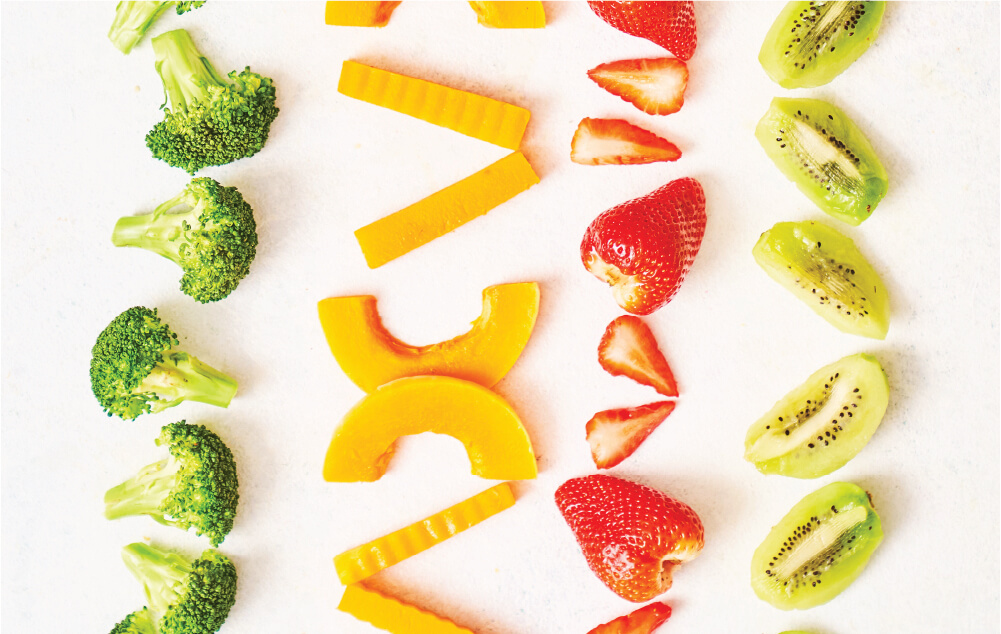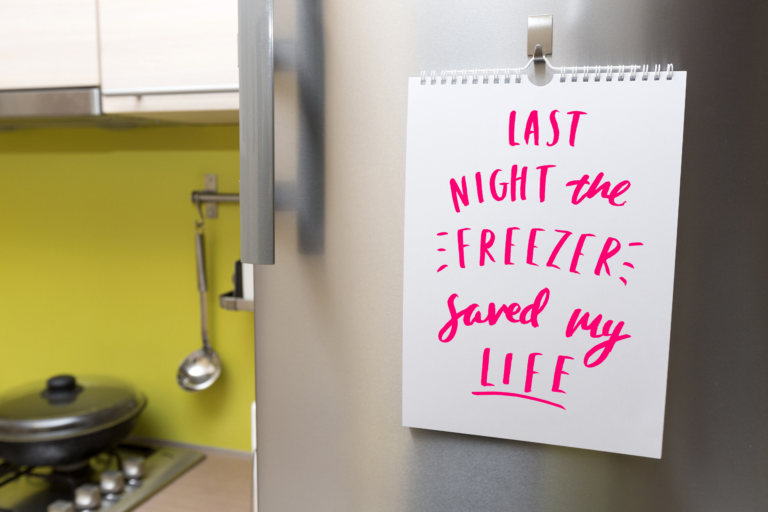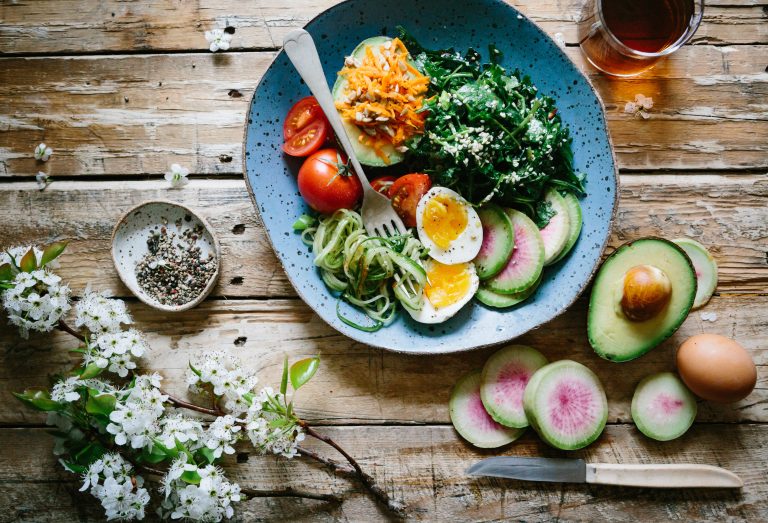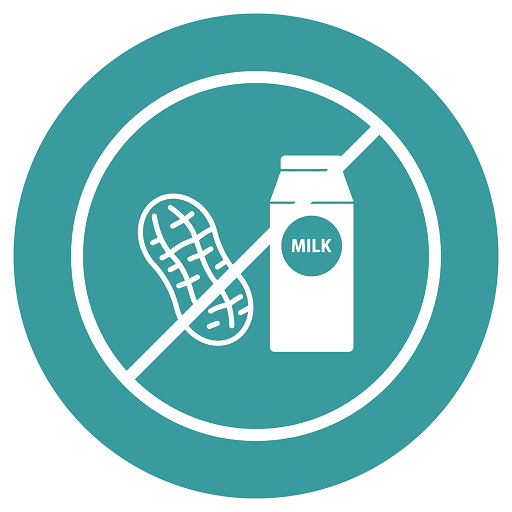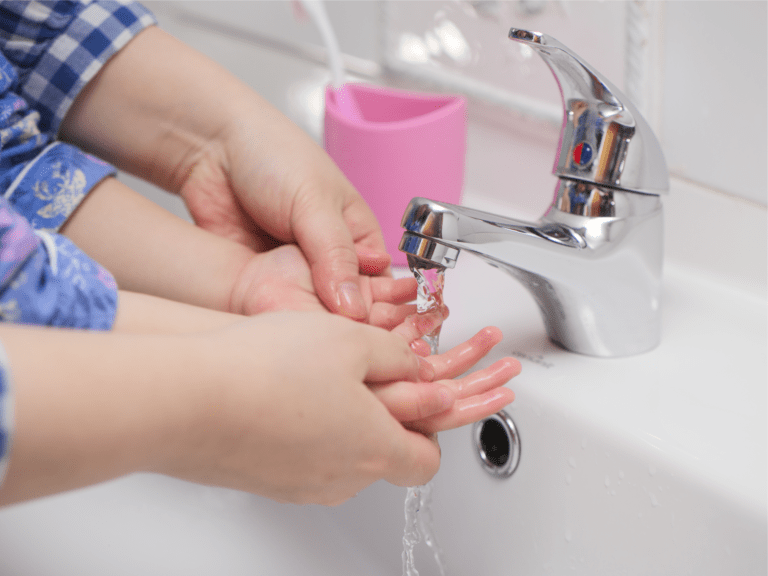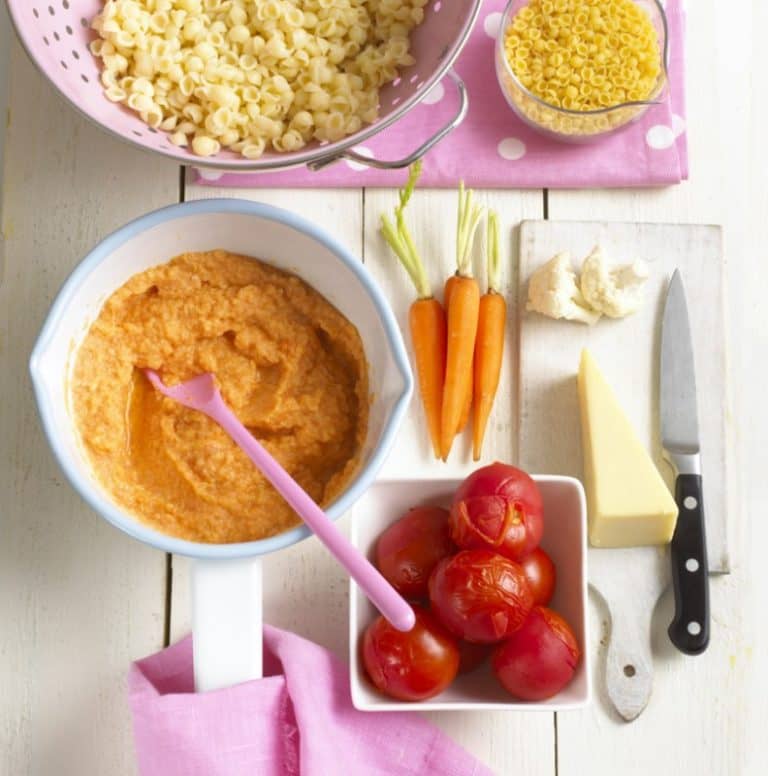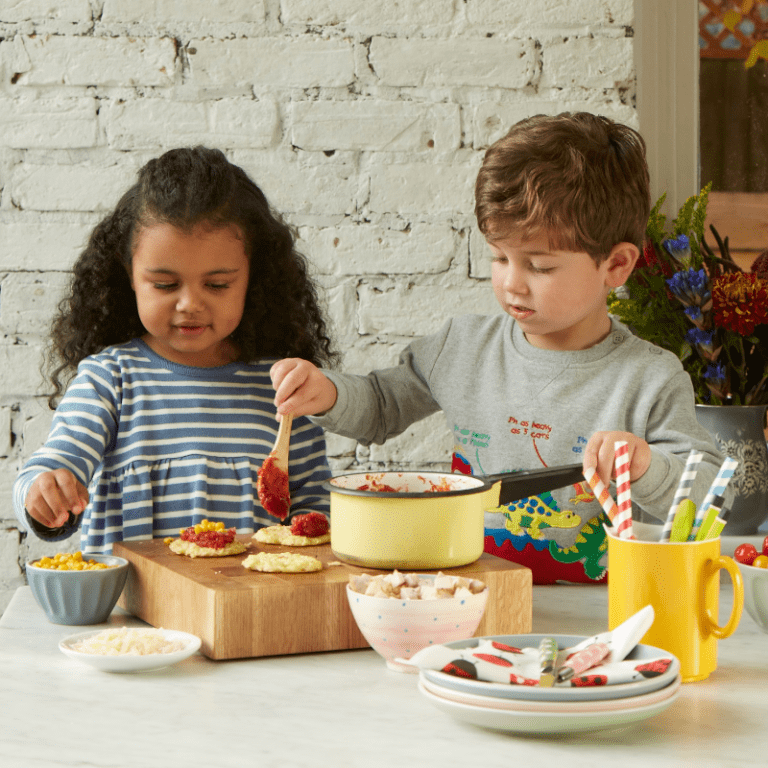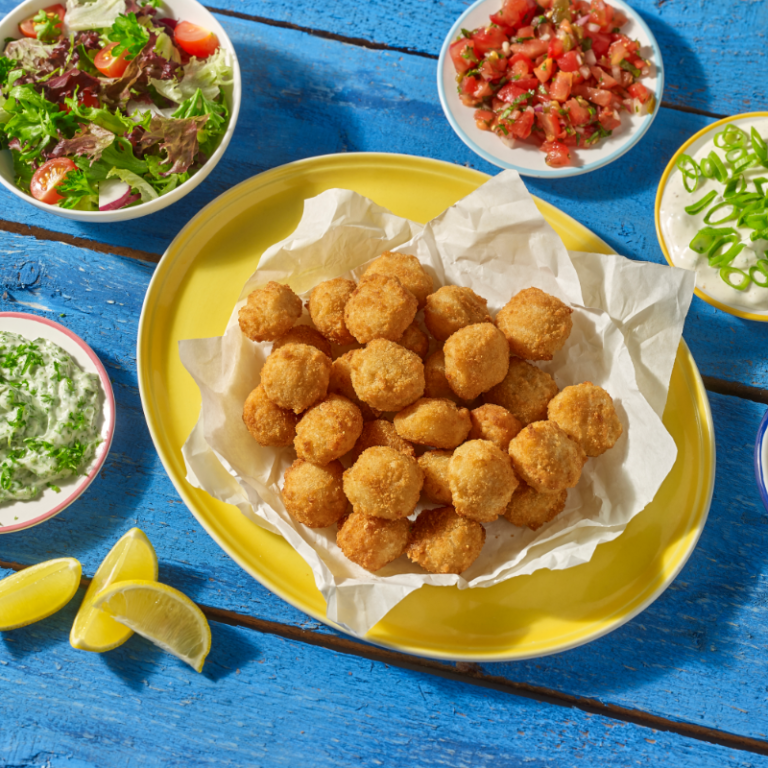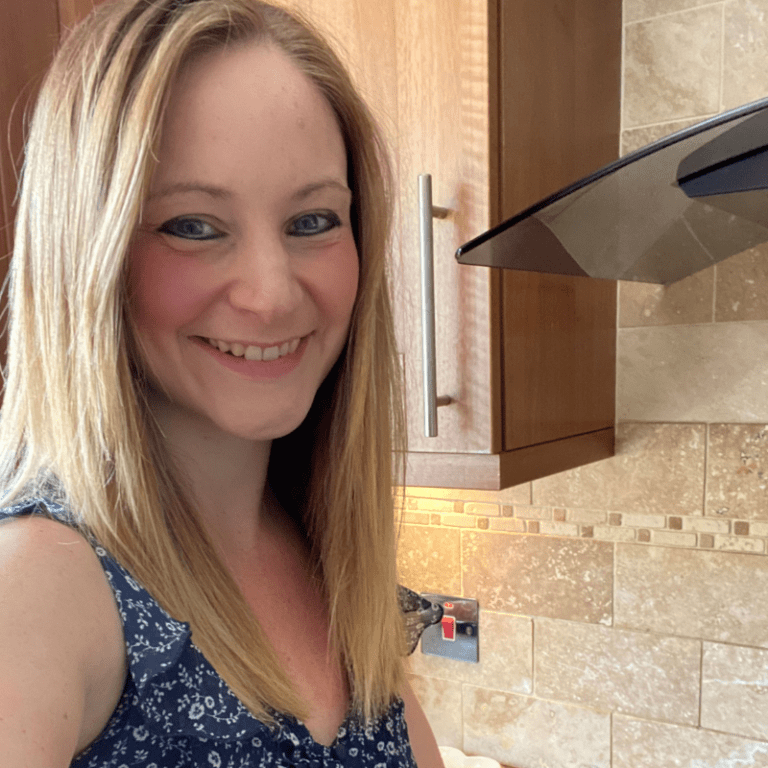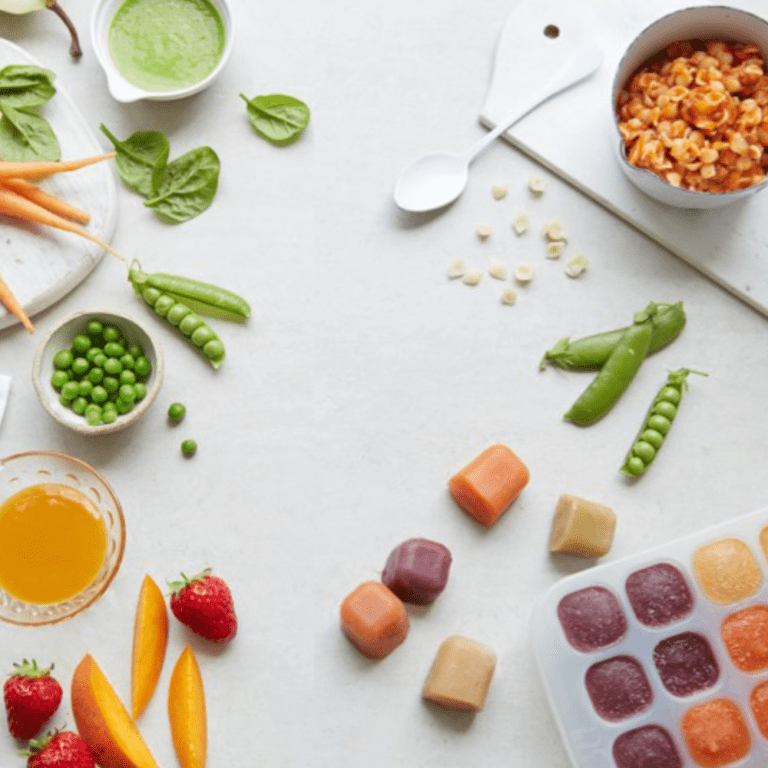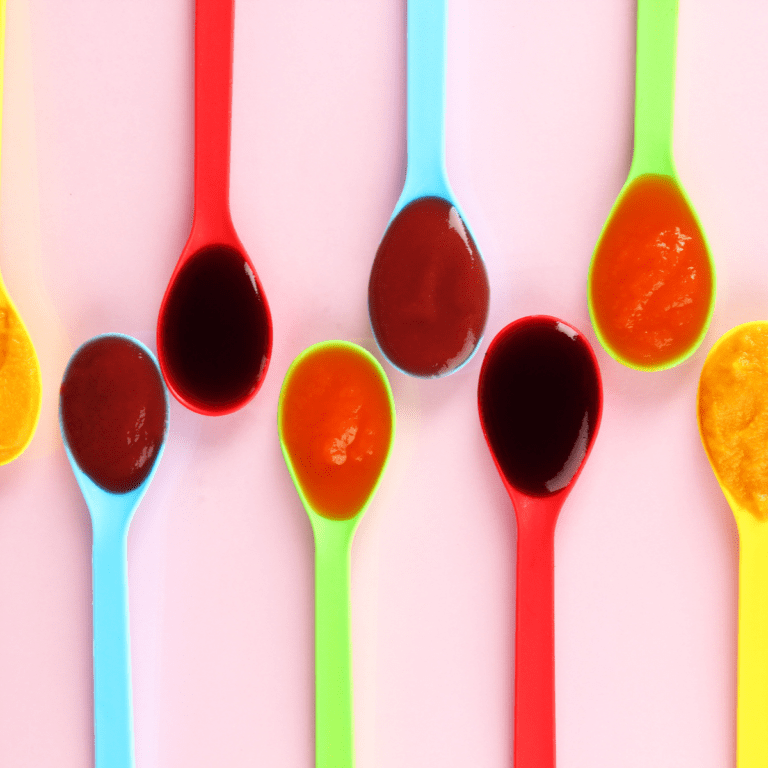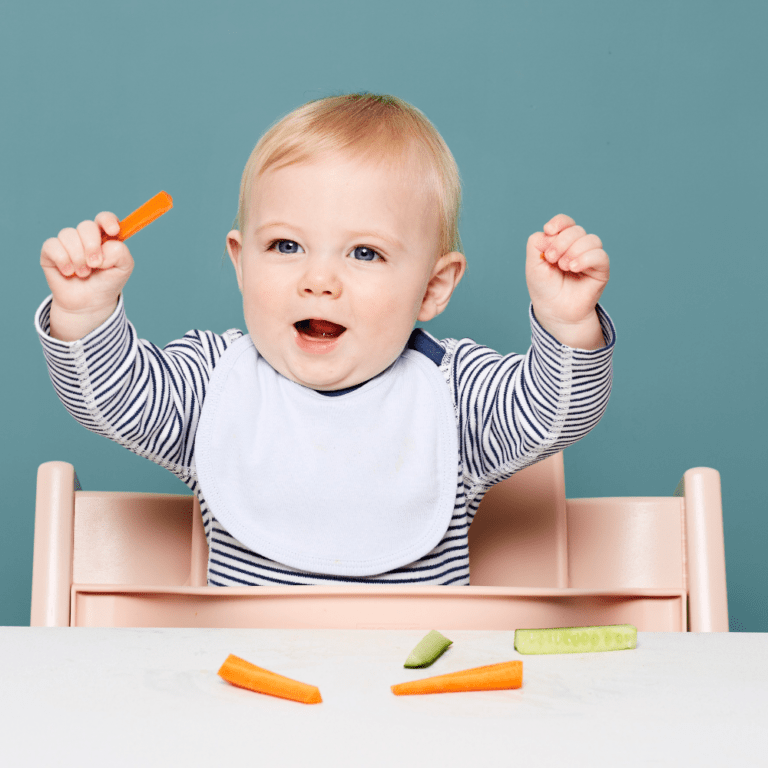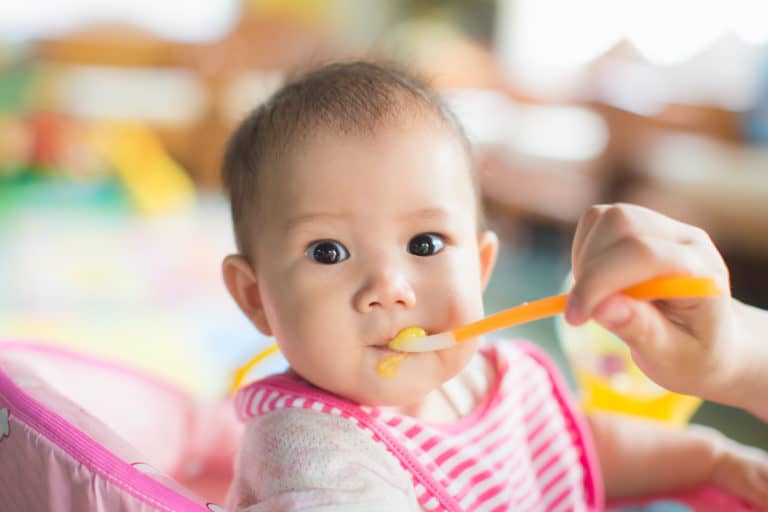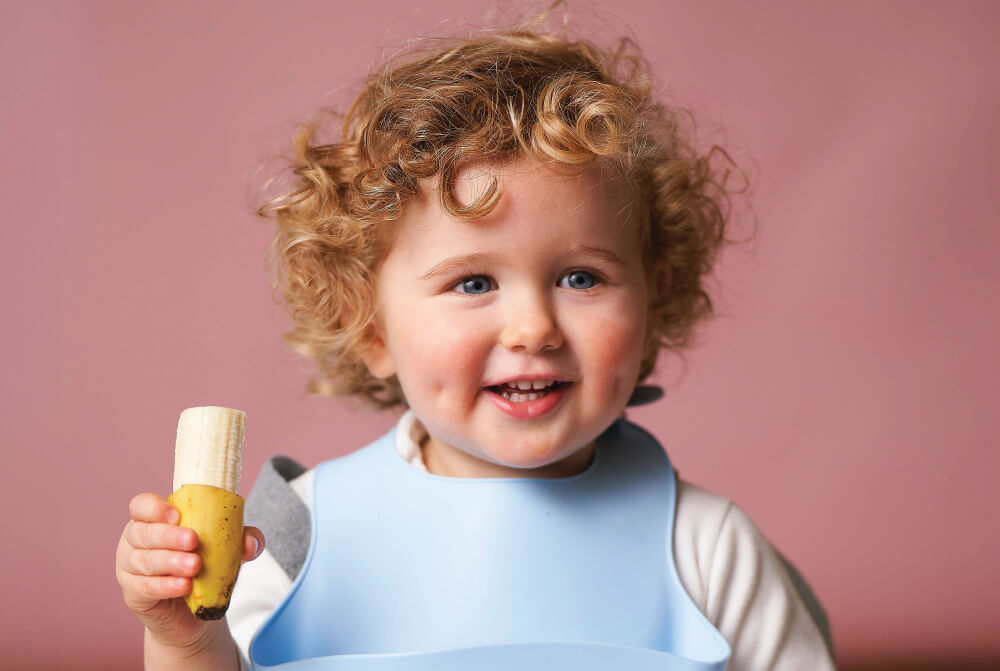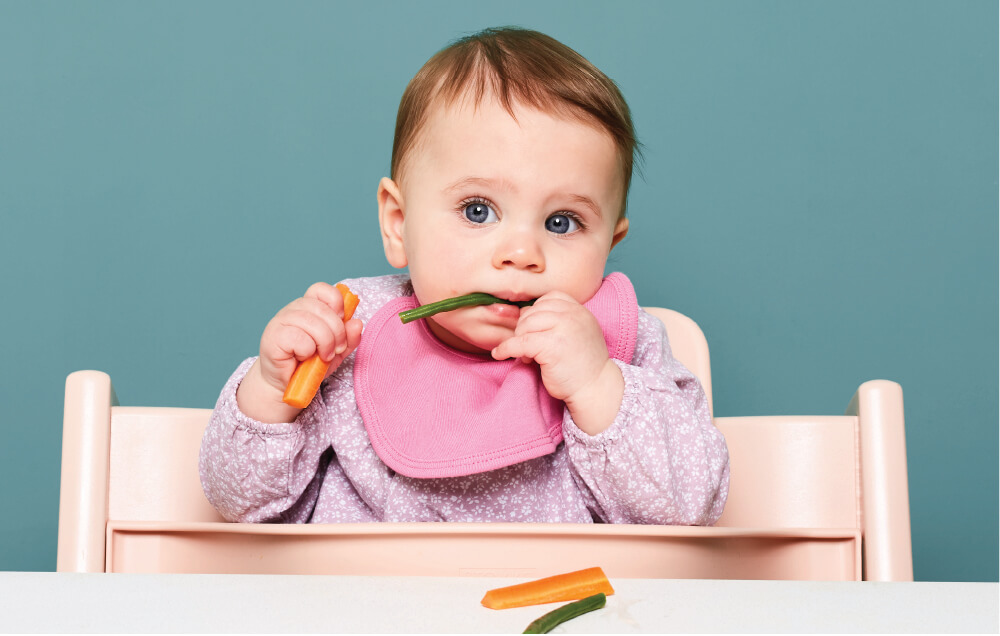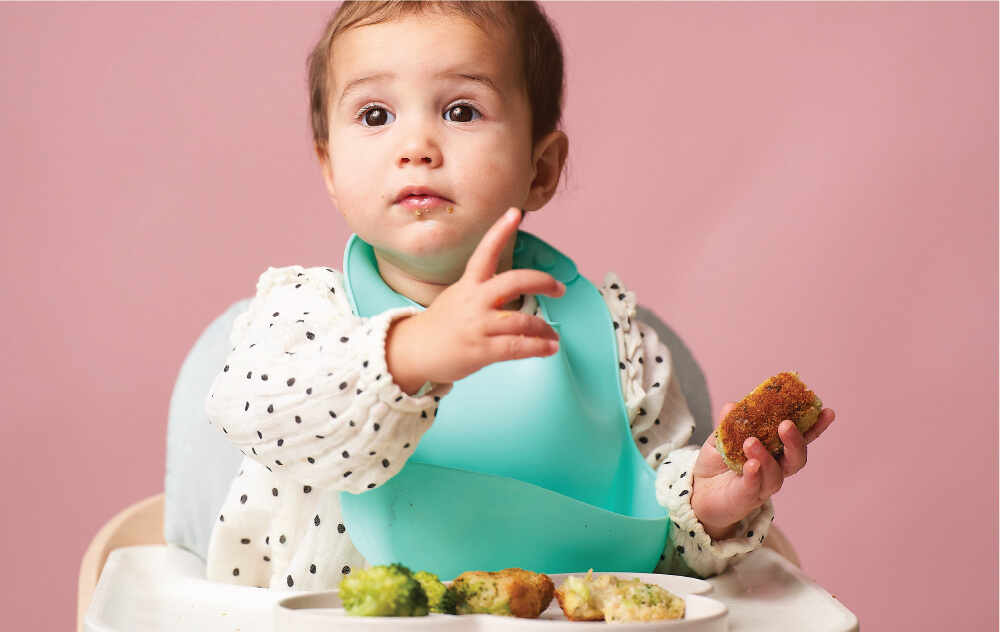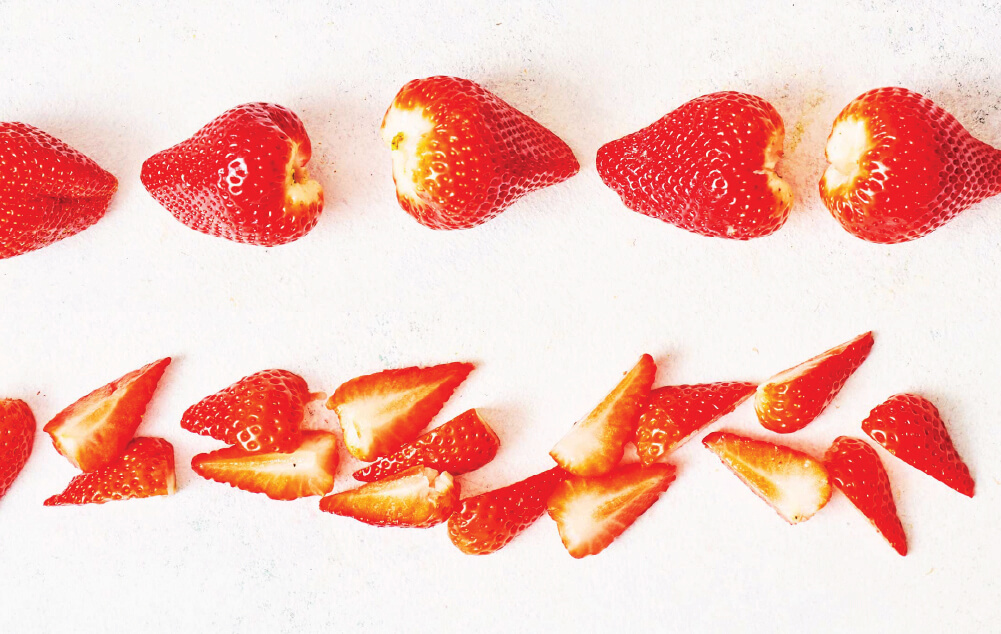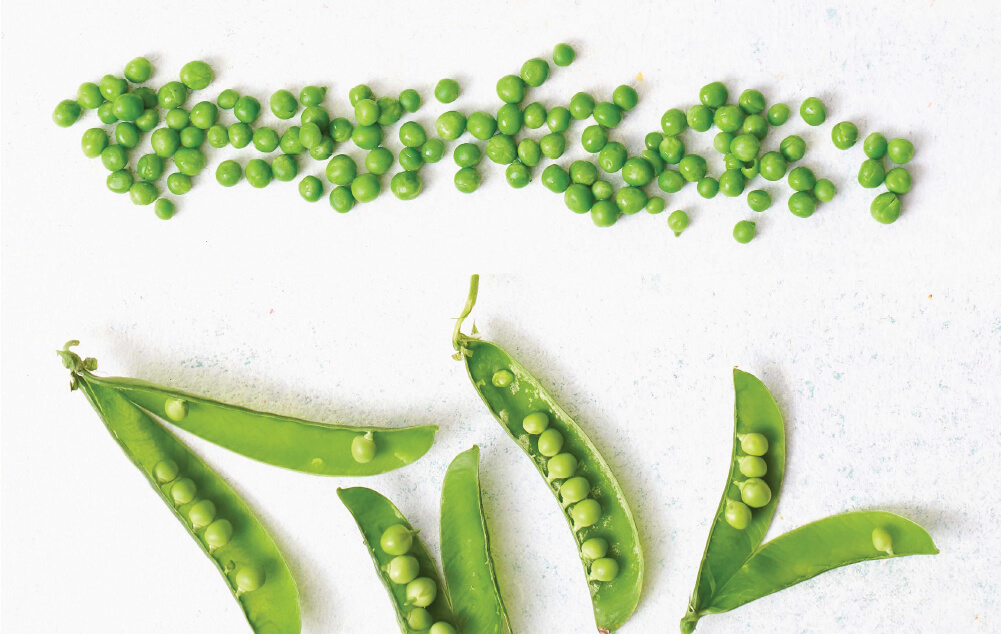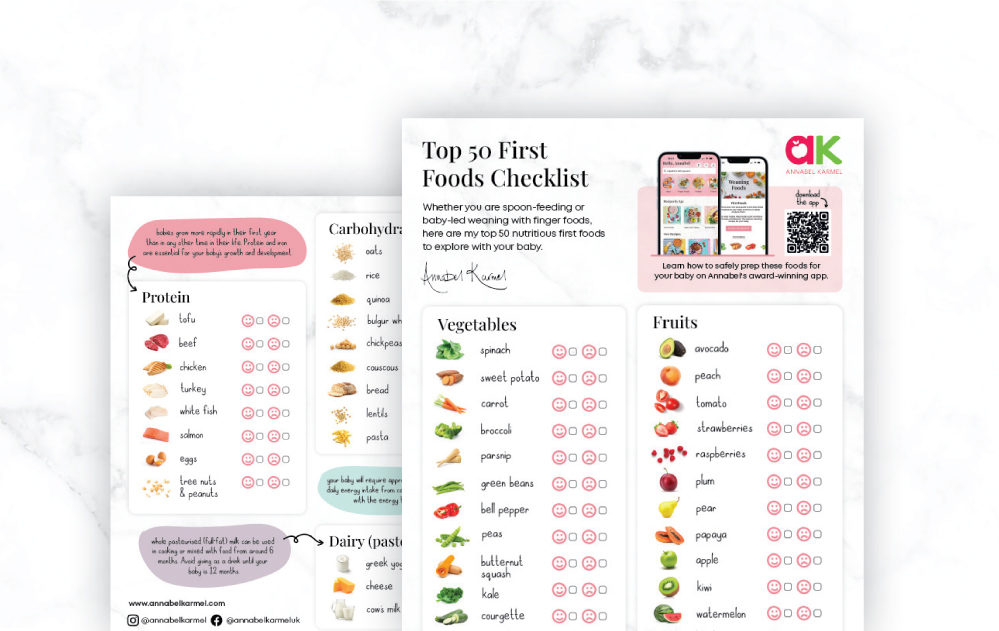There may be occasions where you need to bottle feed your breastfed baby. So here are a few tips on how to make the experience as stress-free as possible for you and your baby:
- Buy a bottle that has similar shape to your nipple. Try different ones if baby seems to reject but do try at least for a day with the same one.
- Try and avoid orthodontic nipples, even though they claim to help teeth development they are the furthest away from a human nipple and could make breastfeeding difficult as the suckling effect on these is different for baby.
- Choose a slow-flowing or newborn bottle. There is no need to get different flows for a growing child – our breasts release the milk always the same, therefore if baby gets older baby does not need a more rapid flow. As muscles in the mouth and jaw develop, baby will drink effectively with a slow-flow bottle and it is much more similar to a breastfeeding experience.
- Offer feeds on gentle feeding cues, not extreme hunger.
- Give the bottle in a more upright position as it helps to adjust to the flow of the bottle and is easier for baby to digest.
- Switch sides like you are breastfeeding to avoid a certain side preference if baby is still breastfeeding and to stimulate equal facial and visual development.
- Give baby the chance to indicate when feeding is done – this does not need to be when the bottle is empty but when baby is showing signs of wanting to stop like a change of swallowing motions, pushing the bottle away or moving the head to the side.
- Regardless if you are formula feeding, bottle feeding expressed breastmilk or substituting some feeds to a breastfed baby, it helps to create similarities to the breastfeeding experience.
Visit @milkmakingmama for more advice and support.
If you found this article helpful, you may be interested in reading:
